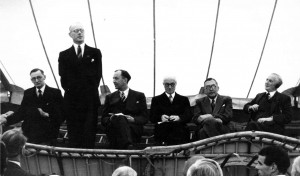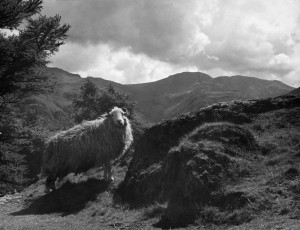I’ve been following a series of blog posts by the artist Justin Partyka, which relate to photographic work he has been commissioned by the museum to undertake as part of Project Berkshire. Here Justin writes about the dramatic variations in landscape on a journey from his current fieldwork site in Berkshire back to his home in East Anglia. Justin has, of course, been getting out of his car to explore the countryside in a more direct way. Nevertheless, all of his explorations necessarily begin and end with this road-based perspective on our rural surroundings. Justin’s words hint at the valuable role that highways, byways, and other route-based means of traversing the countryside can play in the construction of ideas about place.
These themes form the backbone of various pieces of recent research activity, which variously link to the commuter experience, and to the abstracted conception of place that may be seen to emerge from such perspectives. Examples of this that the museum has become aware of over the last couple of years include the work of artist Felicity Ford which seeks to interpret the A4074 route between Oxford and Reading through the medium of sound, the PhD research of Rosie Emeny relating to how people experience the countryside from the confines of their car, and a whole series of artefacts acquired through the museum’s ongoing Heritage Lottery Fund project Collecting 20th Century Rural Cultures.
I think there may be some value in thinking about how museum objects may connect to such routes, or how such routes might form a useful platform for building links between collections and audiences. I commute by train through the varied landscape between Oxford and Reading. I often wonder what items there are amongst the collections I work with that either stem from or connect to the many different places I see each day I travel along this route.








